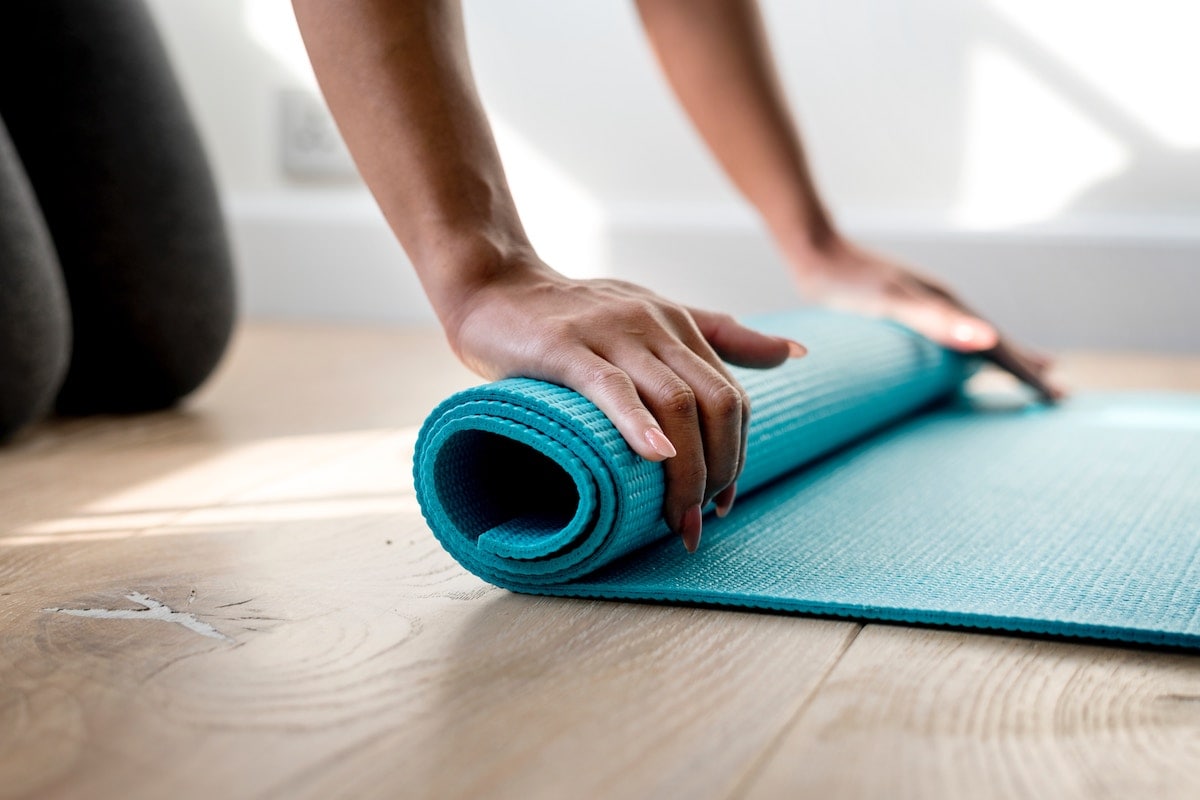We all react to things, whether we show those emotions or not, and some of us take things more to heart than others—or, more to our muscles. TRE (tension release exercises) is an alternative therapy which relieves stress and repressed emotions through self-induced therapeutic tremors: literally shaking off those negative feelings that have built into physical patterns of stress. Intrigued? Compare Retreats consults with expert TRE practitioner, yoga and meditation instructor and holistic addiction specialist Rupert Jackson, to give you the lowdown on exactly what you need to know about TRE.

What is TRE?
TRE stands for ‘Trauma/Tension Release Exercises’. Through six simple exercises, which includes things like moving on one leg or squatting against the wall, muscles in the legs are fatigued to a point of self-induced tremors. The large psoas muscle is one of the main targets, as it runs through the pelvis, connects to the head of the femur bone, and runs up to vertebrae 12 on the thoracic spine. These neurogenic tremors relieve stress built up in the PSOAS muscle, the muscle which tenses and contracts when we go into fight or flight mode and allows the body to cower to protect itself. This alternative therapy was originally devised to treat trauma victims but is now used to relieve a range of stresses and negative emotions.
What does a typical TRE session look like?
The first session would usually take an hour to 90 minutes. TRE can be practised individually or in small groups of two or three. The practitioner will give an overview of the process: the connection between the nervous system, brain chemistry, and the vegas nerve.
You will then be instructed to do six simple exercises to fatigue your muscles, particularly the psoas muscle. Once the muscles reach fatigue point—usually when the legs begin to tremble—you will lay on your back on a yoga mat with the feet touching one another and legs into a diamond shape. The instructor will walk you through four positions held for two minutes each that bring the knees closer together, before bringing the soles of the feet to the ground. Participants can stay in this position as long as necessary, from five to 15 minutes.
This is when the self-induced neurogenic therapeutic tremors start. The practitioner will talk with you while you lie there to keep you present in the space and in your own mind. The tremors can be stopped at any point by straightening the legs.

What does TRE feel like?
The sensation is strange, but not necessarily uncomfortable—while you can feel your legs shaking and spasming slightly, you can’t see them or anyone else in the room. You may experience lightness or a tingling sensation during or after. Participants tend to feel tired out or super energised afterwards, and you may experience vivid dreams in the nights following. Mostly, it feels relaxing and rejuvenating.
Who is TRE for?
TRE is for anyone feeling stressed or like they have issues or emotions they are having difficulty confronting. Originally, the practice was devised by David Berceli for trauma victims and those suffering PTSD to physically release pent-up negative emotions. However, the practice is now used to release tension in general—as Jackson explained, trauma is diverse and people are affected in different ways by the same experience. “We all carry trauma. It can be seemingly small things: it’s situations where we feel overwhelmed but we haven’t dealt with stuff. We’ve just pushed these negative feelings down and it gradually gets the better of us and we just overflow.”
What are the benefits of TRE?
TRE releases unhealthy tension, physical and mental blockages, and lets go of unresolved emotions and issues you may not even realise had an effect on you. Jackson calls TRE a bodily ‘reboot’ which helps us clean out unnecessary negativity: “It’s just cleaning house: we let go of stuff that we’re holding onto through involuntary responses.”
Effects vary from person to person, but it can be as simple as having more energy, clarity, and concentration, to working through issues from your past that has been affecting you in day-to-day life. It’s an excellent method of stress-relief, and in the long run, leaves participants feeling lighter and more focused.
See also: Chai Talay Estate Koh Samui Is The Anti-Burnout Retreat You Need
Will TRE work for me?
TRE is very different from other therapies in that it’s not about talking through your issues, but physically letting go of them through releasing patterns of muscle tension. So while in theory there’s no reason it shouldn’t work, control and ego are too big blocks to allowing TRE to work effectively—both the inability of the mind to relinquish control and allow your body to do as it needs to, and the ego telling you there’s no problems to release. Coming out of a session it may feel as if nothing was really achieved, but it’s a slow burn: over the next few days you’ll begin to feel the effects through small, subtle improvements. TRE can also be practised alone as a self-help tool, once you’ve tried it out with an experienced provider.

Is TRE dangerous or are there side effects?
TRE can be dangerous if not practiced with an experienced facilitator. For people carrying heavy traumas or suffering from mental health issues like PTSD, depression, bipolar or personality disorders, there is a risk of disassociation from self. This happens when the participant gets caught up in the memory of a past trauma. The presence of a facilitator can reduce and avoid this risk, as they are trained to look out for warning signs of disassociation and can end the practice should any occur. Having a facilitator there for support before and after is also important to be able to talk about any issues that do arise during the session. Be honest with the practitioner and let them know before you begin about any mental health issues or traumas that may affect the session.
Where can I do TRE?
Ready to give it a go? The most important thing for TRE is to always have a trained practitioner with you the first few times you do it. Once you’ve practiced the habit a few times with a practitioner and are happy and comfortable with it, you can use it as a self-help tool at home—all you need is a yoga mat and somewhere quiet. Rupert Jackson is based in Chiang Mai and offers Skype consultations, and Balance Health in Hong Kong now offer TRE sessions. To try it on a retreat, check out Chai Talay Estate, who offer it in one-to-one or one-to-three sessions throughout the weekend.



